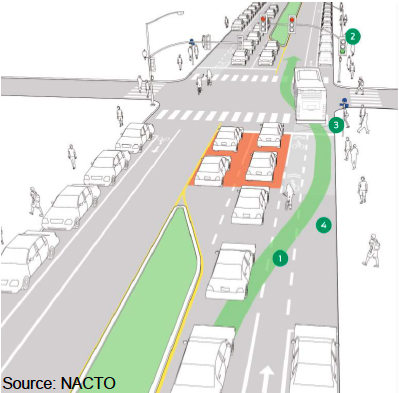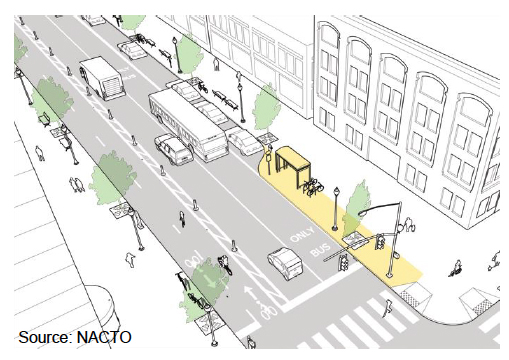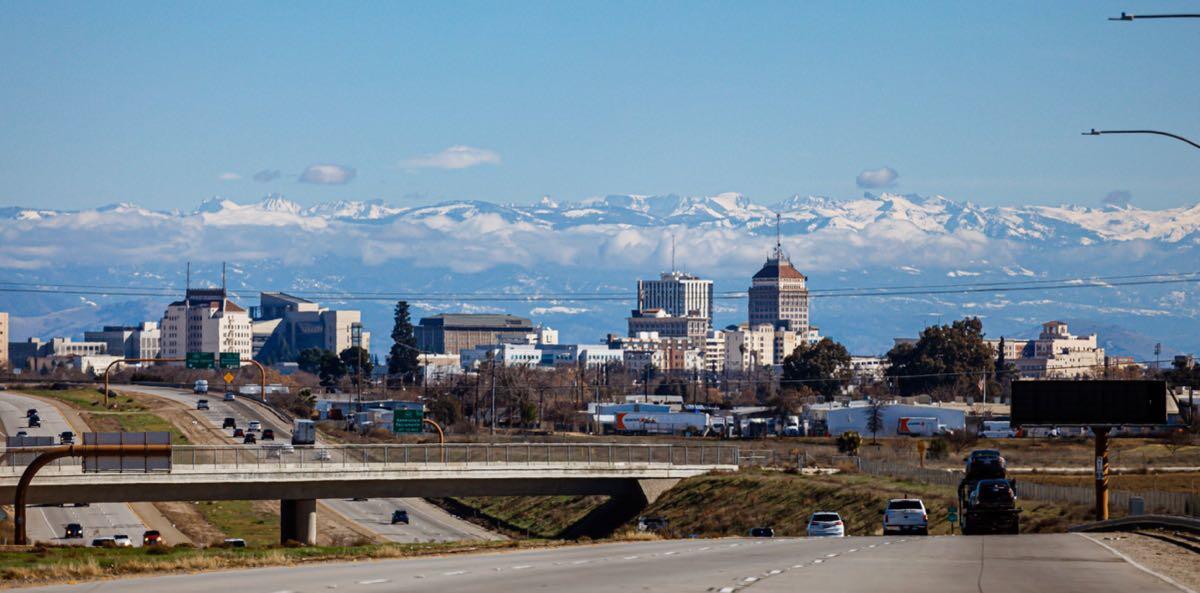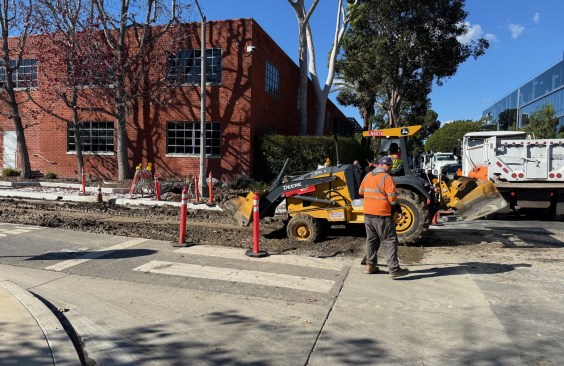Finding funding to save transit from a looming "fiscal cliff" was an urgent topic of transportation discussions this spring - somewhat resolved with the signing of the state budget in June. But just pouring money into existing transit systems is not enough. Urgent transit challenges existed before the pandemic, and the urgency of helping people drive less to minimize climate disruption is only growing.
SPUR, the San Francisco Bay Area Planning and Urban Research Association, is preparing a report on strategies to accelerate transit and transit projects, both literally on the ground and in policy and planning. It convened a panel discussion to talk about efforts that are already underway at the state and regional levels to help make them happen. In September, another SPUR-sponsored discussion will focus on work that the transit agencies are undertaking.
"That's when we'll go deep into the weeds on this," said Jonathon Kass, SPUR's transportation policy manager, as he introduced the panel. "Today we will focus on big picture questions, and about how planning and policies at the state and regional levels can support transit."

While the report focuses on Bay Area transit agencies, the strategies they are developing are universally applicable and adaptable to transit in any city. That is, while not every strategy will work in every locale, they share challenges and benefits, and can be adapted to local circumstances. For example, adding bus lanes, queue jump lanes, bus boarding bulbs, transit signal priority, and traffic control prioritizing buses are all strategies that can help speed buses in traffic. Challenges to implementing these, including limited road space, costs and limited funding, and local politics, are also somewhat universal.
The benefits, however, could be enormous. Facilitating buses can speed them up and make them more reliable, so they become obvious alternatives to driving and parking. It can also decreases costs for transit agencies, helping them run efficiently and offer superior service. Increased reliability can also make a bus network more viable and easier to coordinate, making buses even more useful for riders.
State Action
California has done a great job investing in and building for cars, but now state and (some) regional agencies are realizing that an equal amount of effort is going to be needed to convince people they can drive less.
For example, Caltrans is shifting its priorities, according to Jeanie Ward-Waller, Deputy Director of Planning and Modal Programs at Caltrans and a participant in the panel. While the state department of transportation doesn't itself operate transit, there is plenty the department can do in its own planning to make it easier for transit agencies to do their job. Caltrans is feeling its way towards prioritizing projects that facilitate transit service over single occupancy vehicles - which Ward-Waller acknowledges is a "big cultural shift" for the department. That includes developing a versatile set of statewide performance standards that agencies can adapt. Caltrans also sees a role for itself in improving customer service and communicating the benefits of transit to the public.
"We are also looking at where we can do projects ourselves, from bus lanes to signal priority - especially low-cost, quick-build projects to get buses out of traffic," she said.
The recently signed budget bill, S.B. 125, includes large investments in transit, somewhat helping out on the funding score. It also establishes a state-led transit transformation task force to develop policy recommendations to grow transit ridership, and requires the development of an accountability program to make sure the state investments are used wisely and efficiently.
Regional Efforts
Meanwhile Caltrans is launching work on its first-ever regional transit plan in District 4 (the Bay Area), with the idea that all twelve of its districts will eventually follow suit. Note that before about 2010, Caltrans had very little to say about transit, transit agencies, or their needs; the shift to acknowledging that state transportation planning has a role to play with transit has been ongoing since then.
The District's future transit plan will identify transit needs within the district and prioritize them, according to Dina El-Tawansy, Caltrans D4 director and another participant in the panel. It will propose performance measures and "complement the district's bike and pedestrian plans to advance strategic priorities including livability and equity goals."
The District will start asking for public input on the transit plan this summer, and the report is expected to be completed in February 2025.
As El-Tawansy noted, improving transit service requires "early and continuous coordination" among jurisdictions and agencies. "This can be a challenge on longer routes especially."
That coordination must extend to working with the regional planning agency, in this case the Metropolitan Transportation Commission (MTC). Alix Bockelman of the MTC told the panel that their main focus right now is the adoption of its long range transportation plan, Plan Bay Area 2050.
"Worsening congestion makes it imperative that we better manage it," she said. That means make sure that transit offers a good, fast, and reliable travel alternative. Besides, she added, "making buses faster is also good for operators. It decreases costs from delay, and makes their operations more efficient."
"The goal is to draw riders back and attract new riders," she said, "while staying focused on equity goals."
She proudly pointed to the Bay Area Transit Transformation Action Plan, an outcome of the Bay Area Blue Ribbon Transit Recovery Task Force, which was formed in 2020 in response to the urgent issues facing transit during COVID. That report outlined a set of actions that agencies should take, the main one to increase coordination in pretty much all aspects of operating transit, from fare payment to mapping, scheduling, and wayfinding.
The plan was published in 2021, and results are pending. It could be that agencies know what to do, but are stymied when it comes to putting their strategies into action. Or it could be that some of the transformational actions the report notes are needed are vague. It discusses launching campaigns and holding workshops. It emphasizes shared responsibility for these changes needed.
Bockelman noted that transit use patterns are still shifting, with rider numbers recovering unevenly. For example, while San Francisco's overall transit ridership is still only about sixty percent of pre-COVID levels, "rider numbers on bus routes outside of the central business district are rising faster."
That would seem to offer opportunities to rethink transit.
Stay tuned for SPUR's report, and for that November discussion where the transit agencies trying to implement changes discuss their challenges and successes.






